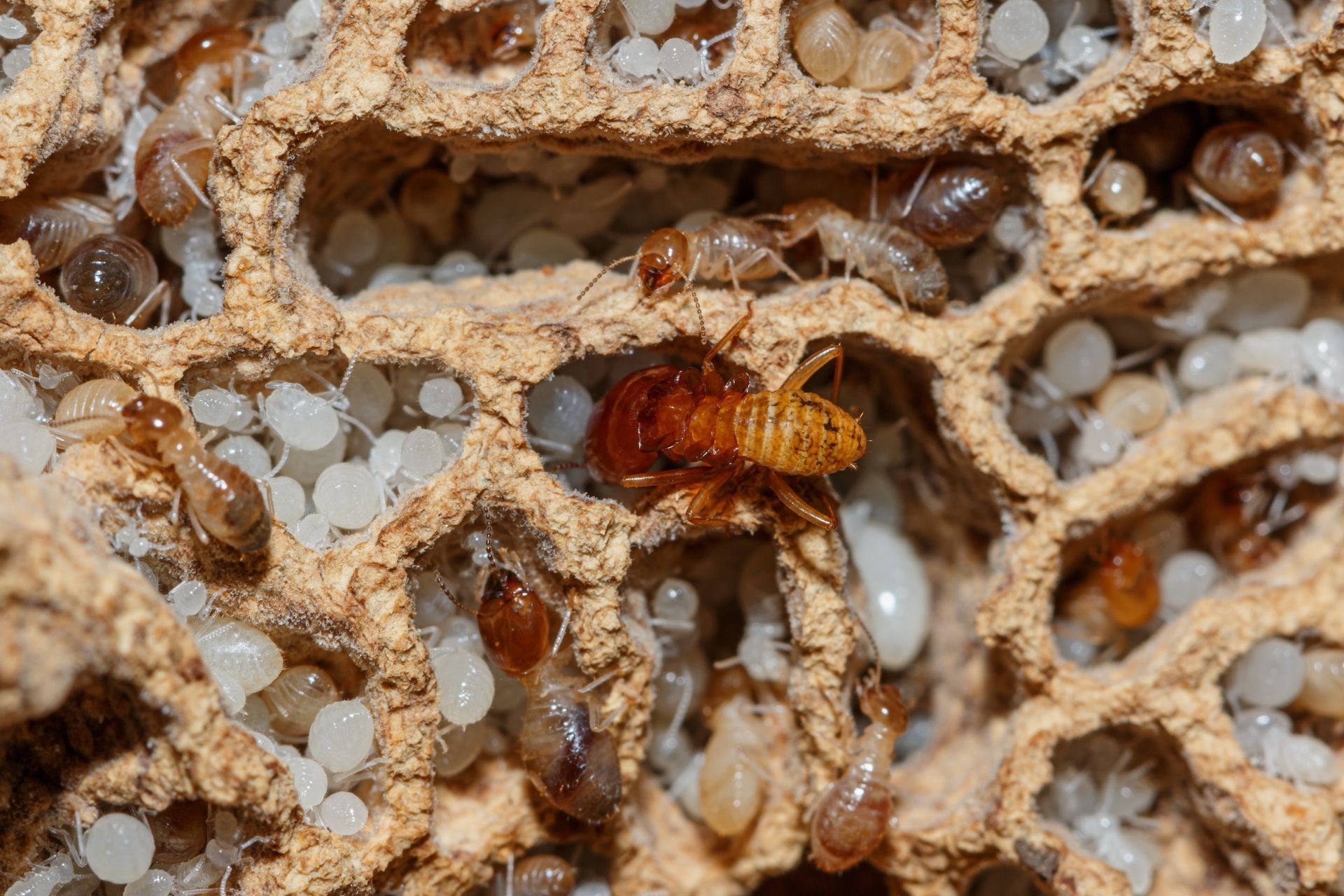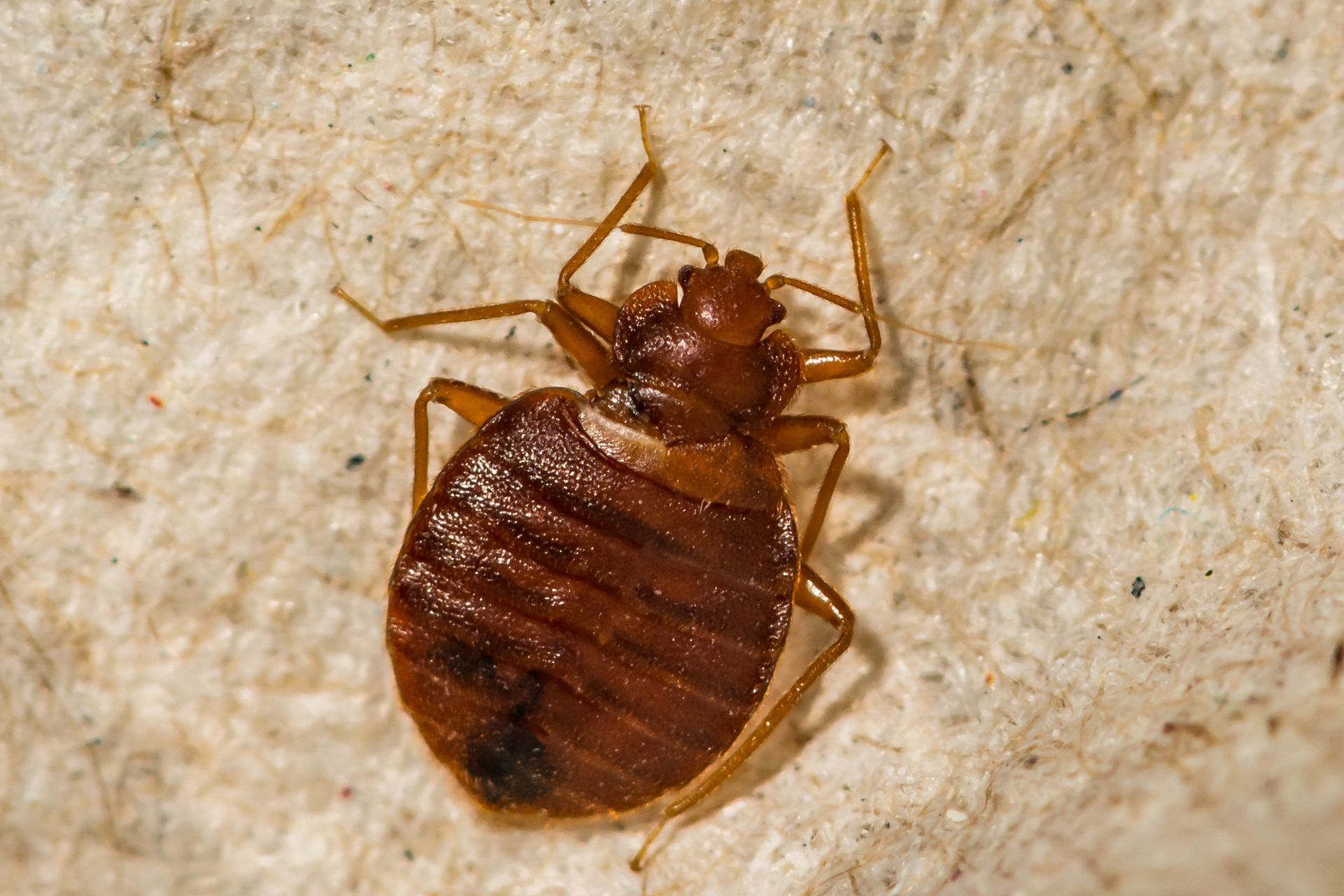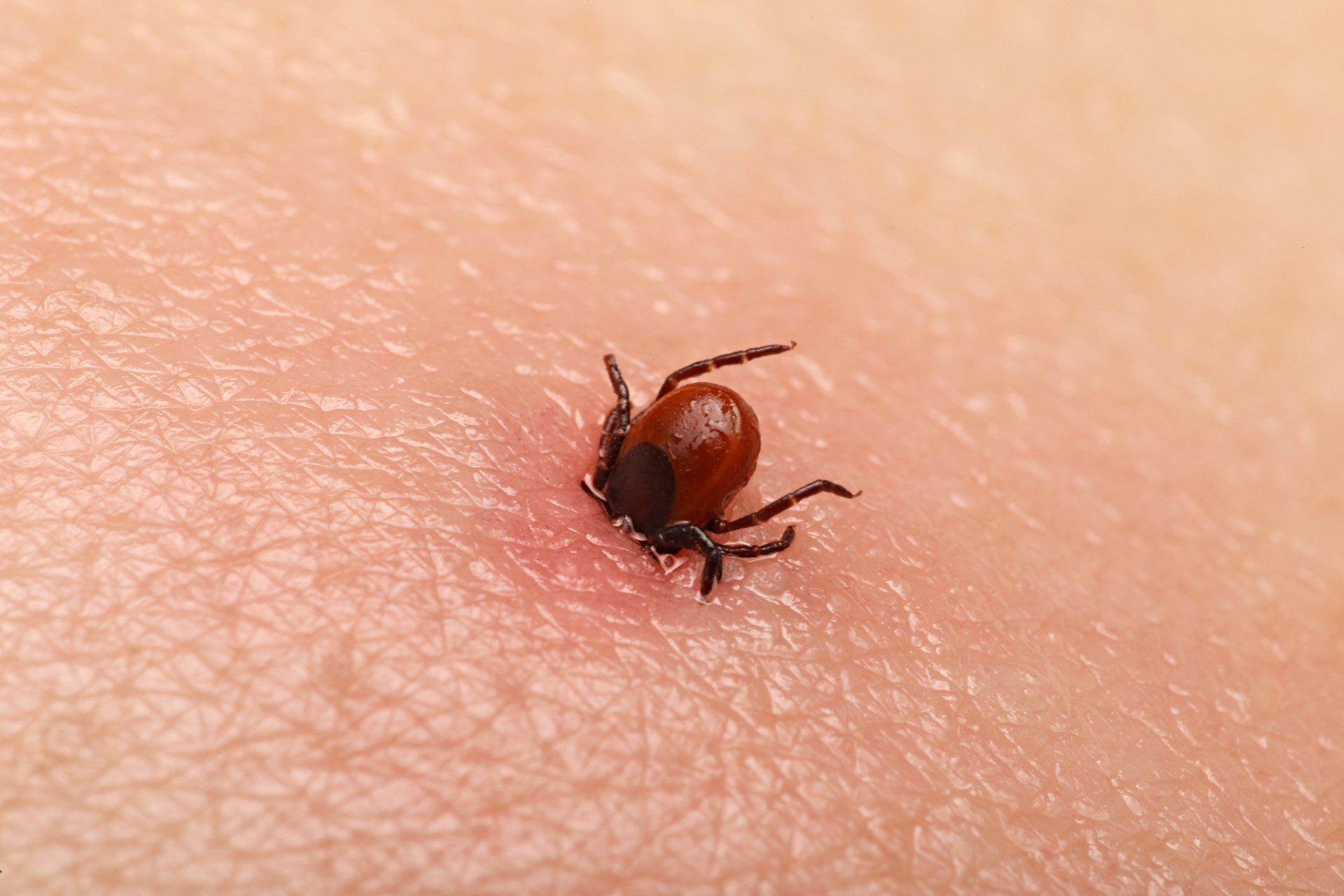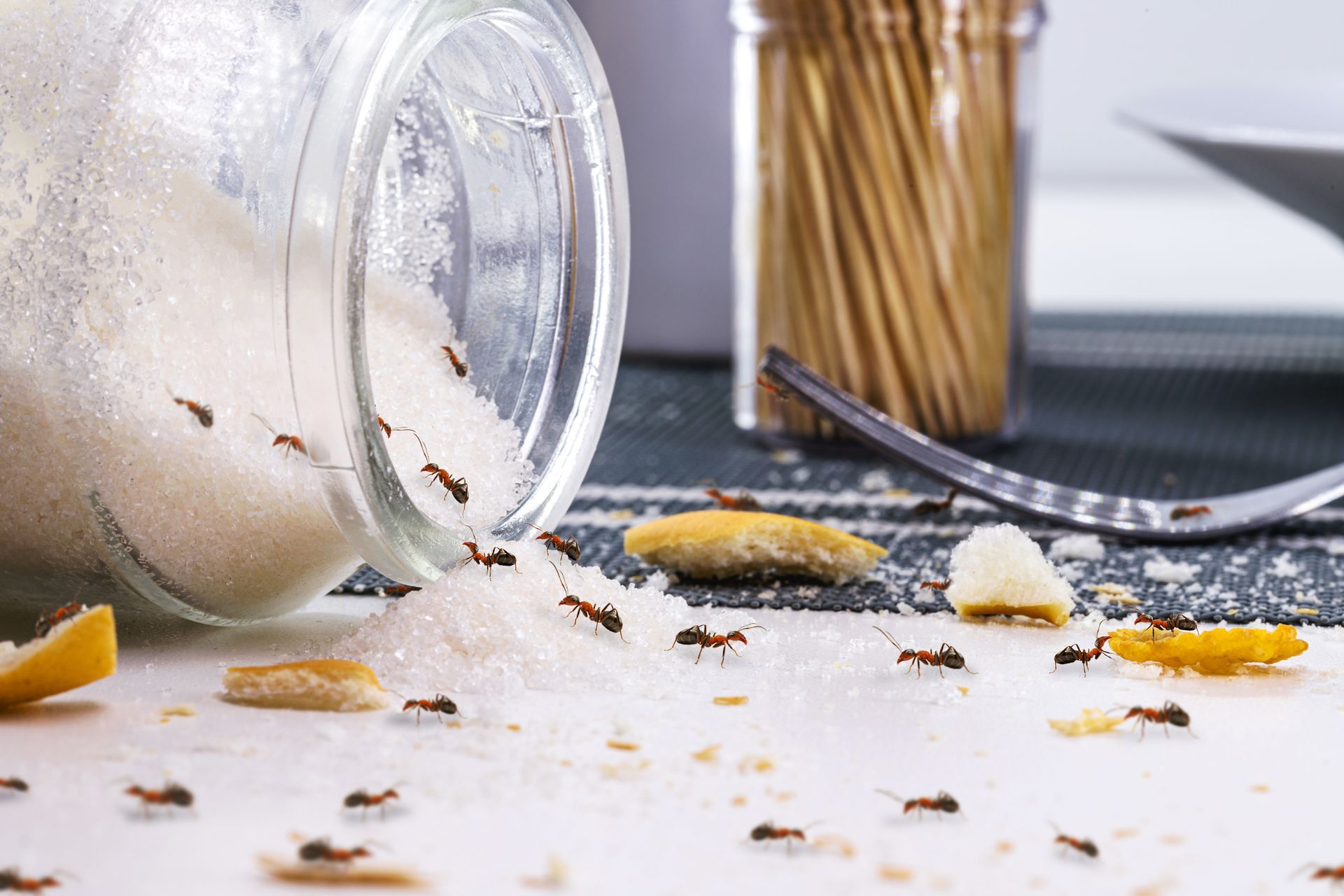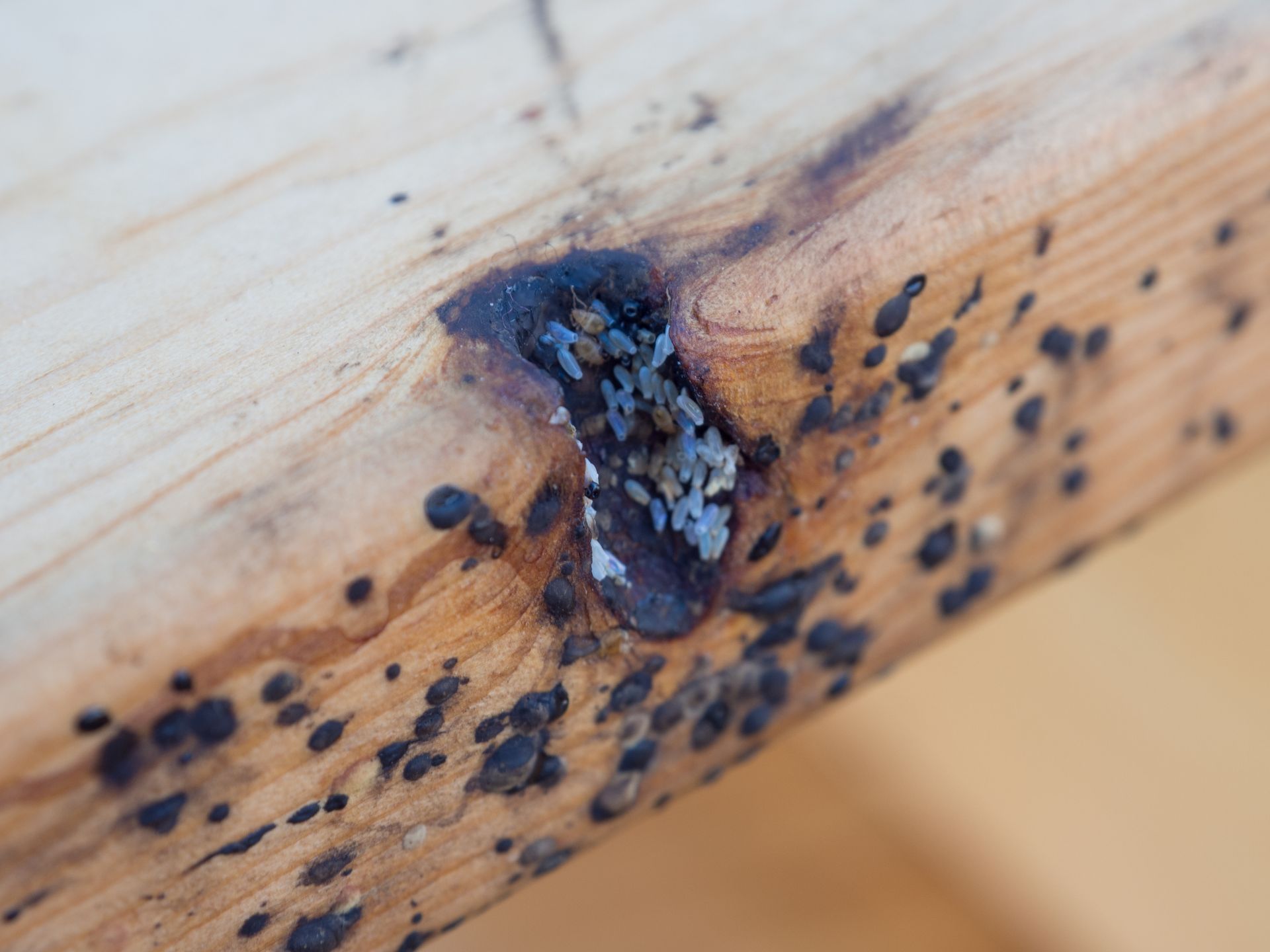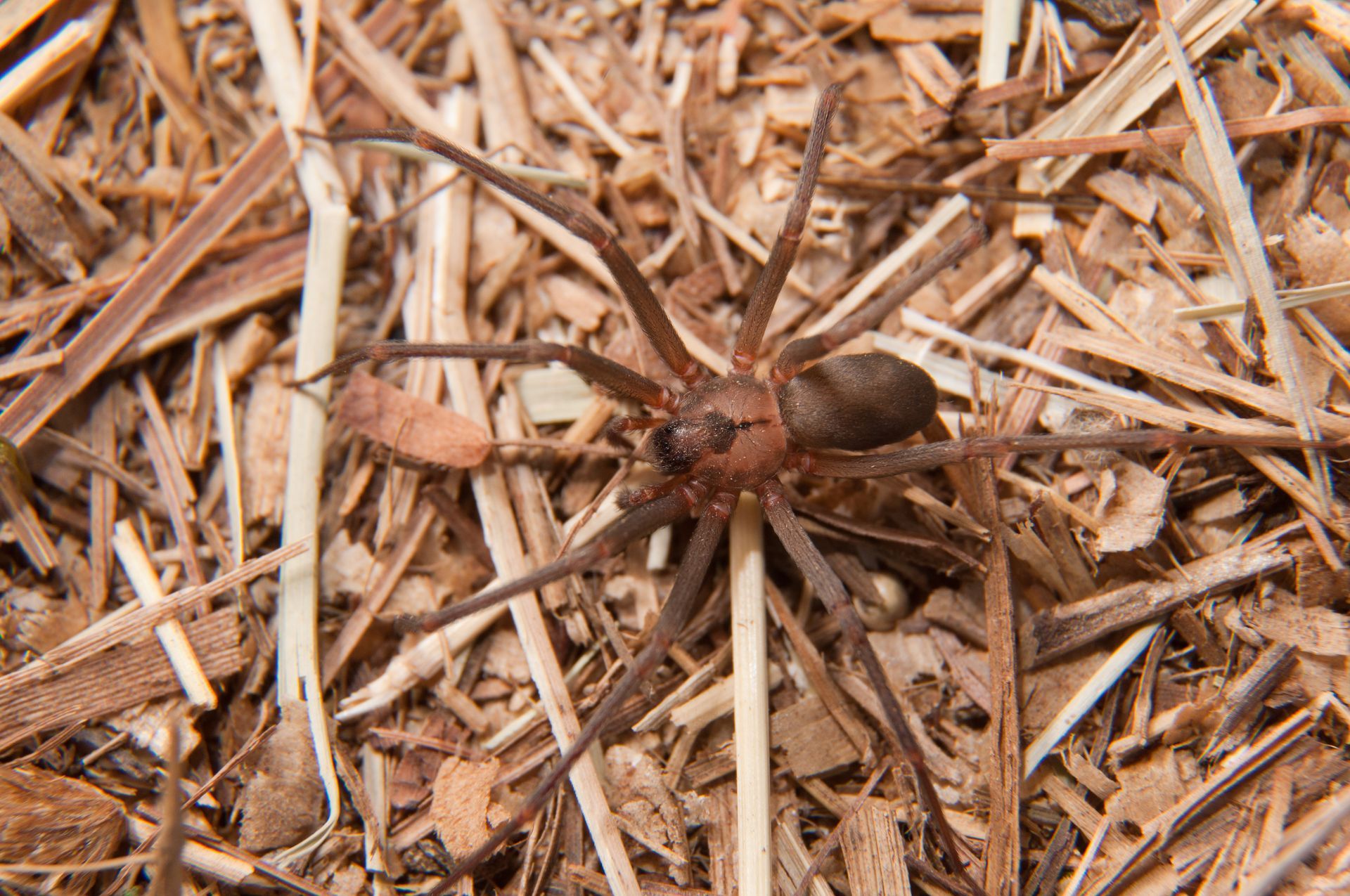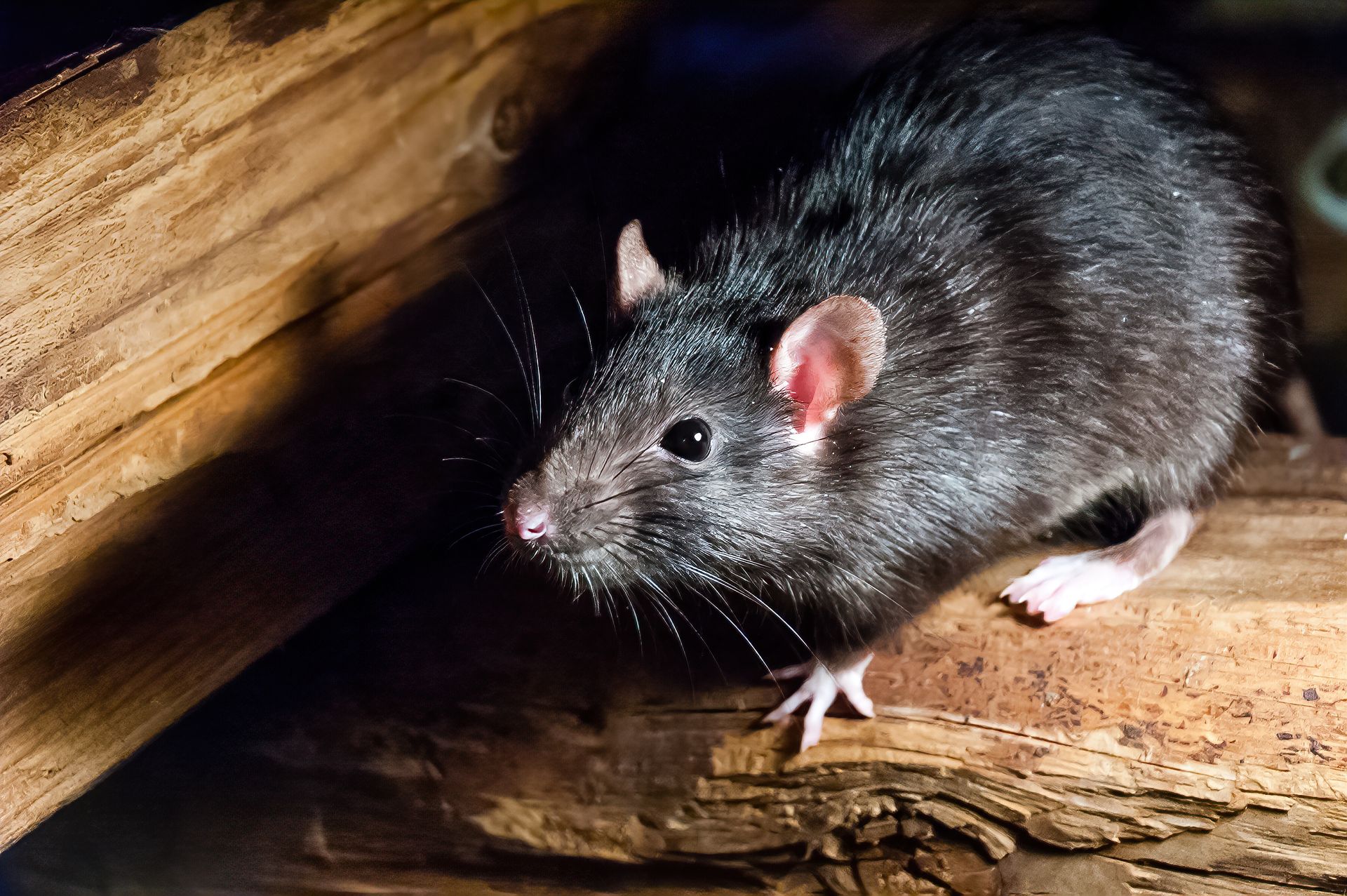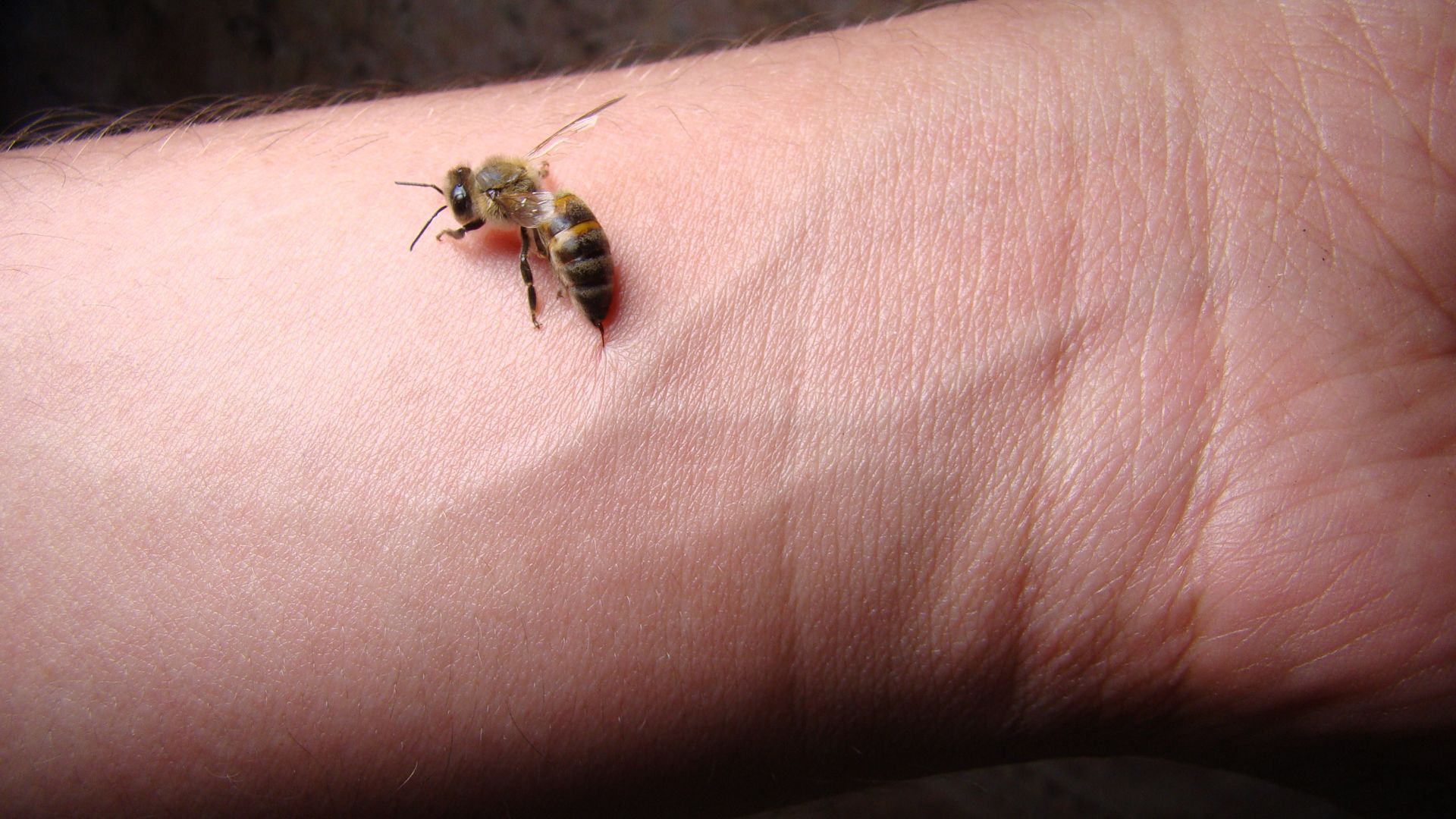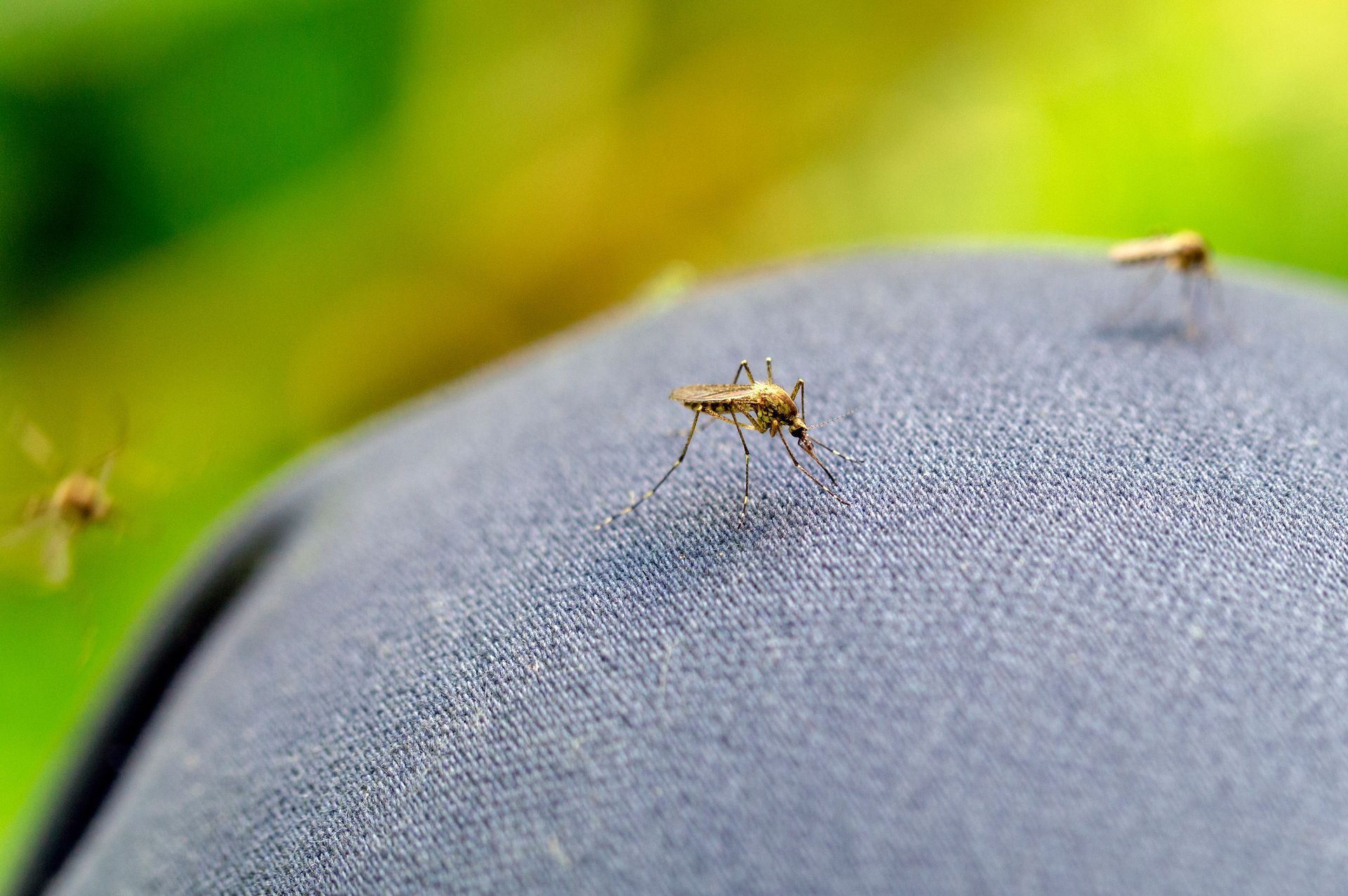Termite Droppings

Termite droppings are more commonly known as termite “frass.” Visible termite frass is usually the result of termites infesting your home. These termites live inside of the wooden structures of a building and use exit holes to push their excrement out. This way, the buildup does not create blockages inside of their colony. Once the termite frass is pushed out of the colony, it will start to build up into what looks like small piles of sawdust. If you notice these small piles start to build, be sure to check above it for a small hole or maybe a spot where what looks like mud has built up that can be wiped away to reveal an exit hole. If any of these signs exist, it is likely the sign of a termite problem that needs to be addressed. Call EcoGuard Pest Management to schedule a termite inspection right away to ensure that termites are treated to prevent further damage.
What Do Termites Droppings Look Like?

Drywood termite droppings are usually small pellets that, if closely examined will show 6 sides and rounded tips. The termite frass is usually about 1 mm in length, so they are sometimes confused with sand, pepper, coffee grounds, or sawdust. The color of the pellets largely depends on the type and color of wood the termites are feeding on so darker woods result in darker frass and vice versa. Subterranean termites usually use their excrements to build mud tubes that connect their colonies to the wooden substructures of your home. Their frass is liquid and can be formed into many of the structures subterranean termites need to find food.
Where You Will Find Termite Frass?
Termite frass is a good indicator that there is a termite problem at hand. These pellets may go unnoticed for some time but if you know where to look, it should be much easier to identify a termite problem. Termite frass can normally be found:
- Near wooden structures like windowsills, door frames, and baseboards
- On beds, countertops, and other surfaces
- Underneath the carpet
- In basements and crawlspaces
- In mud tubes connecting the ground to wooden sub structures
Can Termite Frass Fall from the Ceiling?
Finding frass on beds and hard surfaces away from walls could indicate that the frass is falling from the ceiling. This is rarely a good sign, as termites that have made it into the attic of your home have usually made their way up that high after working their way up through wooden framing and other structures of the home. In some cases, a termite swarm will enter a home via attic vents and access points but termites in high places is extremely problematic. Be sure to check for termite damages from the ground to the ceiling if termites have been found in the attic. This will give a homeowner a good idea of the extent of damages.
How Old is the Termite Frass?
Due to the composition of termite frass, it is incredibly hard to tell how old it is. The pellets are primarily digested cellulose which can take a very long time to degrade and decompose. The color does not change and there is no smell at all. Regardless, the age does not change the fact that if frass is found, termites are actively infesting your home and need to be treated. The age of the termite frass would only benefit knowing how long the colony has potentially existed, which could give some idea of the potential extent of damages that have been done. That being said, this information can also be discovered by a thorough termite inspection conducted by an experience termite control specialist.
Drywood Termite Frass
Drywood termites usually leave very few signs of an infestation until a lot of the damage is already done. Once they burrow into wooden structures, they seal themselves in and rarely leave the colony. Termites will continue to eat their way through the wood until it becomes damaged to the point it is structurally compromised. Next to visible damage, one of the most obvious signs of drywood termites are their droppings. Drywood termite droppings will build up in small piles around wooden structures. It has the appearance of dark grains of sand, sawdust, coffee grinds, or pepper and is often overlooked for a while before it is noticed. By the time termite droppings are noticed, a good amount of damage could have already been done to the wooden surroundings.
Subterranean Termite Frass
Subterranean termites use their liquid waste and mix it with dirt and saliva to create a substance that is used to help build mud tubes and similar structures. Their droppings continue to help build their nest’s reach as it expands up from the ground. Mud tubes are generally found under the home connecting the ground to support beams or outside climbing up the siding of a home. Subterranean termites will also take advantage of cracks in foundations, expansion joints, and patios to access a home. The mud tubes are commonly found in areas that remain undisturbed and difficult to access like inside empty wall cavities and near plumbing.
Termite vs Carpenter Ant Droppings
Both wood destroying bugs leave behind small piles of sawdust. The primary difference is termite pellets are just extremely small, compacted pellets of cellulose and the byproduct that carpenter ants leave is shredded wood. Carpenter ants only chew through wood to make their nests but doesn’t actually consume it.
Termite Droppings vs Sawdust
Drywood termites’ droppings look similar to sawdust because it is the digested cellulose of the wooden structure it was consumed from. Unlike sawdust, which are small, shredded wood splinters, termite droppings are typically compacted pellets made up of digested wood. Under magnification, termite pellets will have rounded points and 6 sides.
Termite Droppings or Termite Eggs?
Termite eggs are translucent capsules while termite droppings are brown to grey pellets. Termite eggs are rarely seen because they are kept deep within the colony’s nest. Drywood termite eggs will generally never be exposed unless the wooden structure around them is broken open during inspection. Subterranean termite eggs are kept underground and are almost never seen. Even with treatment, subterranean termite eggs will just fail to hatch as the rest of the colony collapses.
Are Termite Droppings Dangerous
Termite droppings are not a threat to human safety like some other bug’s waste is. Since it is made up of cellulose, it isn’t a vector for disease like the waste left by cockroaches and ants. Instead, Termite droppings are made from cellulose which makes them rich in magnesium. While termite droppings are generally safe, there is a slight chance that if you come in direct contact with it and have sensitive respiratory issues or allergies, it could prove problematic.
What Do You Do If You Find Termite Droppings?
If you discover termite droppings in your home, your immediate response should be to schedule a termite inspection. These bugs never stop eating and can cause serious damages to your home. Getting a licensed termite expert out to your property to inspect for termites will determine if the sawdust like material is termite droppings and how much damage has been caused.
How to Clean Termite Droppings
Termite droppings are generally safe so they can be swept or vacuumed up without too much concern. There are generally no special precautions that need to be taken unless there is an allergy or severe respiratory problems.
Termite Droppings FAQs
-
What should you do if you find termite droppings?
Termite droppings should be brought to the attention of a reputable pest control company so they can conduct a thorough termite inspection.
-
Are termite droppings harmful?
Termite droppings are generally harmless for those without allergies and respiratory problems. They can be easily cleaned up without taking any precautions.
-
What does termite droppings look like?
Drywood termite droppings look like sawdust. They are tiny, compacted pellets of cellulose that have 6 sides and are brown or grey.
-
What does it mean when you see termite droppings?
Termite droppings is a sign that you have an active termite infestation on your hands. It is important to seek treatment at the first sign of termite activity to mitigate any further property damage.
Request A Free Estimate
We will get back to you as soon as possible
Please try again later
Immediate Service Available
Services
Customer Care
Legal
Working hours
- Mon - Sun
- -
All Rights Reserved | EcoGuard Pest Management | All Phone Calls Recorded | By Using Website You Agree To Terms Of Use



